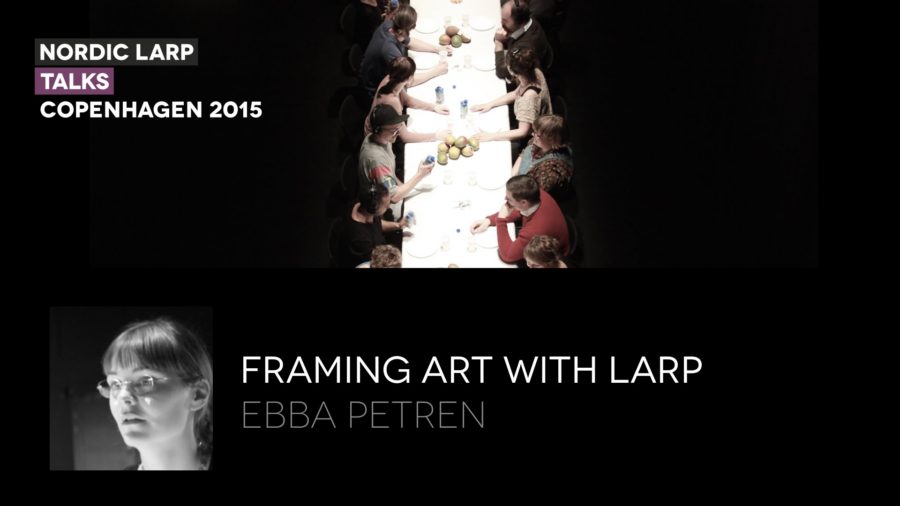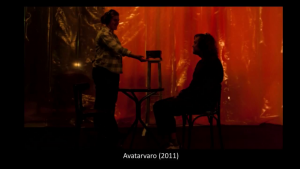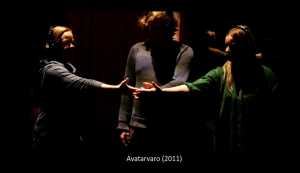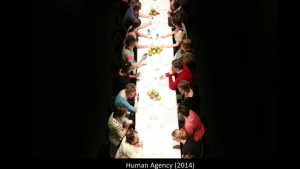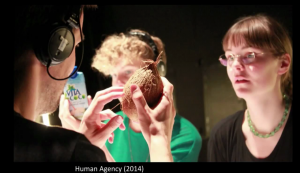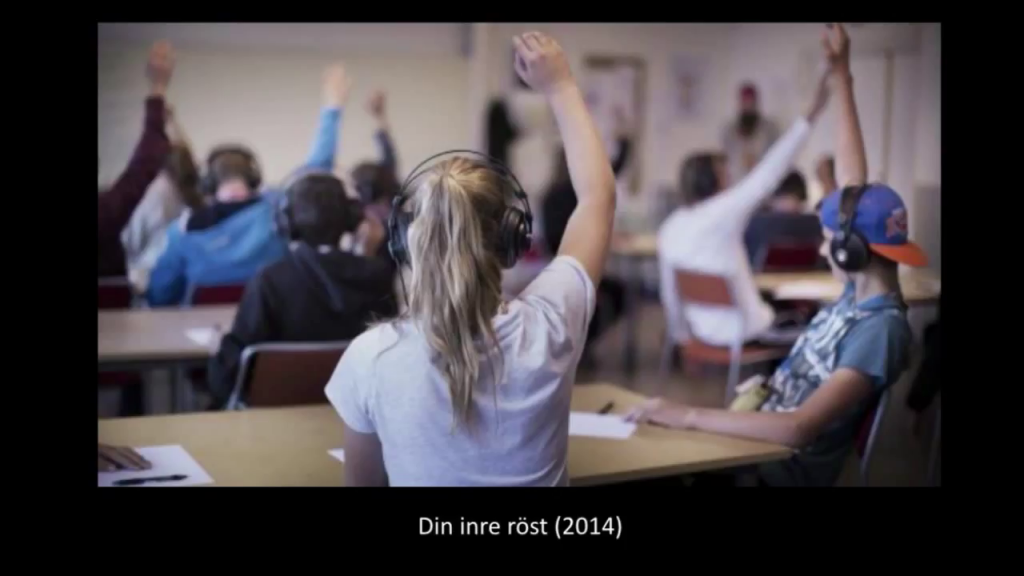I larped a lot as a teen, but I stopped for some years. And in 2010, some things happened that made me think about why I stopped. Larping as a teen included a lot of a dead time. A lot of time when I was not in the center of the game. And I also believe I did not immerse into my character enough. I didn’t know what to do with that background story written at home and so on.
So in the game situations I ended up in, I didn’t know how to… I thought that people didn’t take my actions into account. I was maybe a bit shy. So overall, I didn’t believe my story was important, and that made me feel bad about larping. So I would sum these feelings up like some kind of performance anxiety connected to power structures and character work.
So, what happened in 2010 was that I realized I wanted to do artistic work where one could try out life under different circumstances and come together with people in new ways. Things larp had promised me could be possible. So, I was introduced to this Nordic larp community, which was quite different from the larping community of my teens. And I understood that larping does not have to include months of preparations and lengthy background stories.
I learned that there are other ways to design games and theory connected to it. So, I started to look for a format where the participants could basically get into a scenario directly from the street, just as in cinema or in an art exhibition. No roleplaying, no pressure to perform at all. I wanted them to feel good, be stimulated and thrilled about playing. And I wanted them to be the center of the game.
So, what did I do? First of all, I got some company, because to think and create collective experiences is not only boring, it’s also difficult. And I could mention a lot of people here, but I want to stick to the members of the arts collective, Nyxxx, which Johanna mentioned in the presentation.
So, together we got rid of what we perceived as the problems of larping. We took away character. We took away this need to think back, to go ahead. And we took away all choice connected to improvisation and performance. We started to guide our participants in detail, and individually. We made the audience, or the participants of our pieces, into avatars.
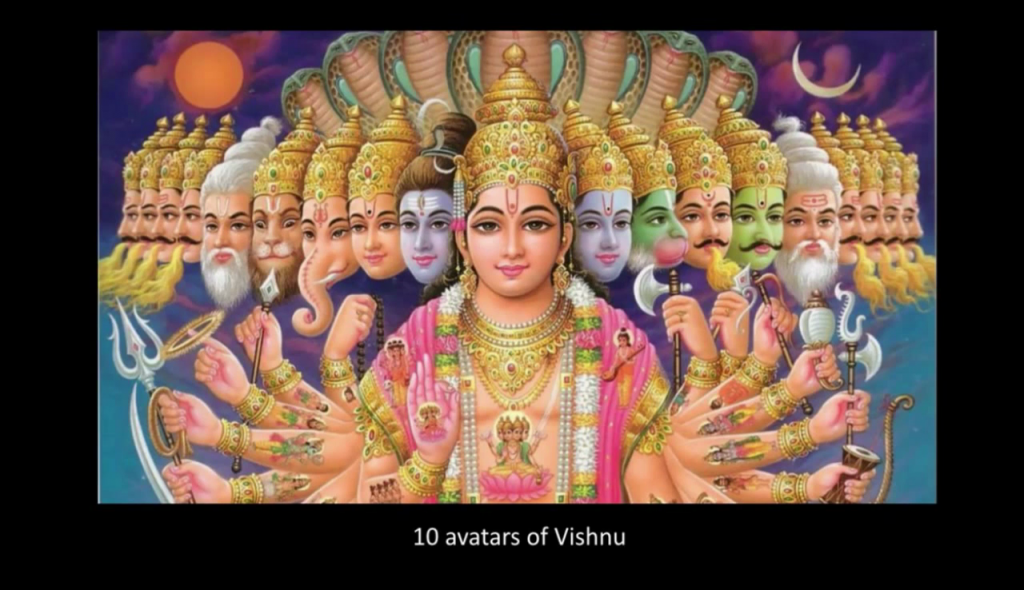
It was not this kind of avatar.
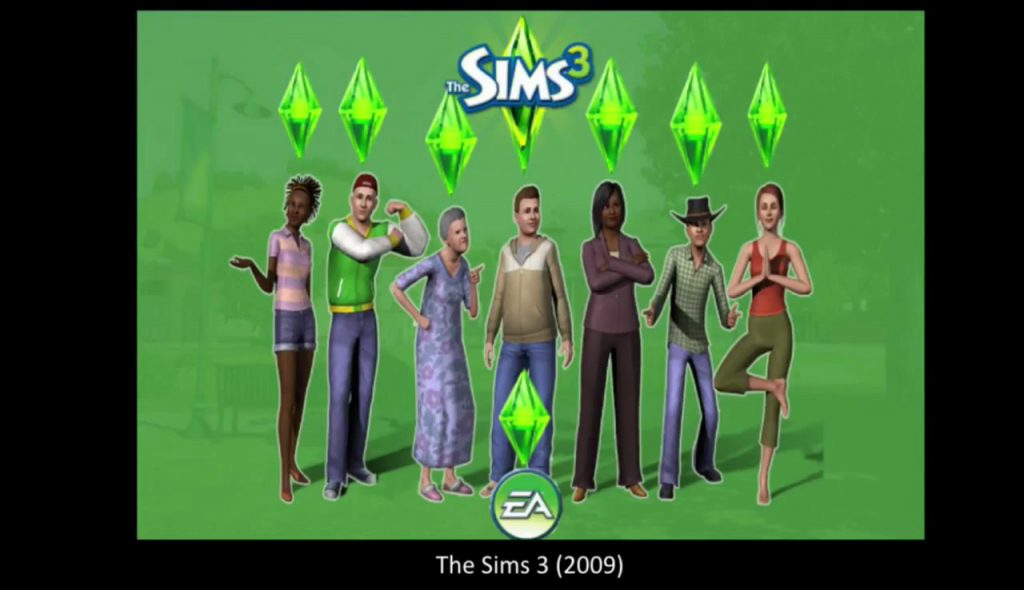
And not that kind either.
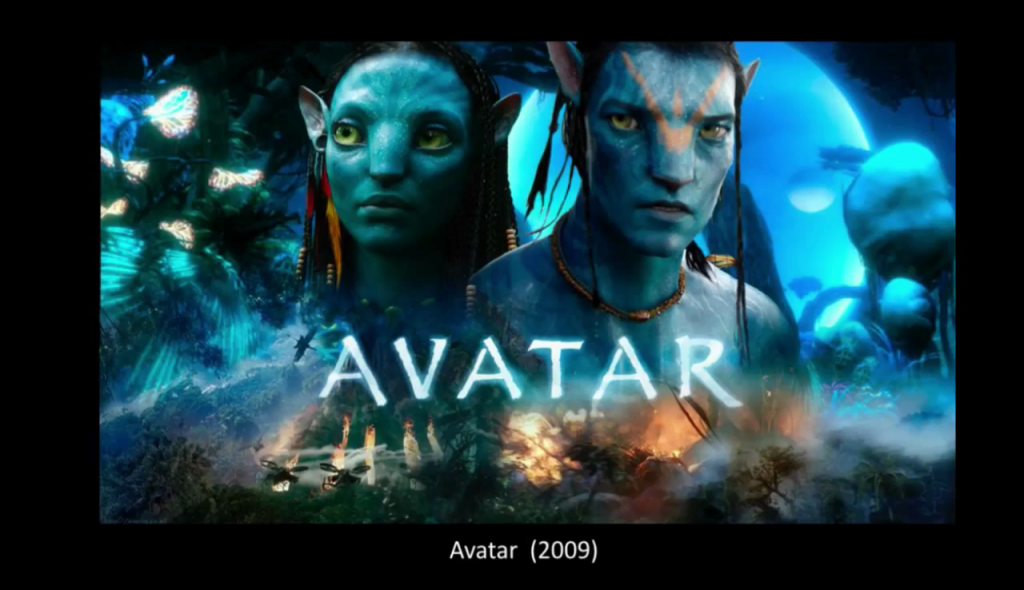
And not that kind either.
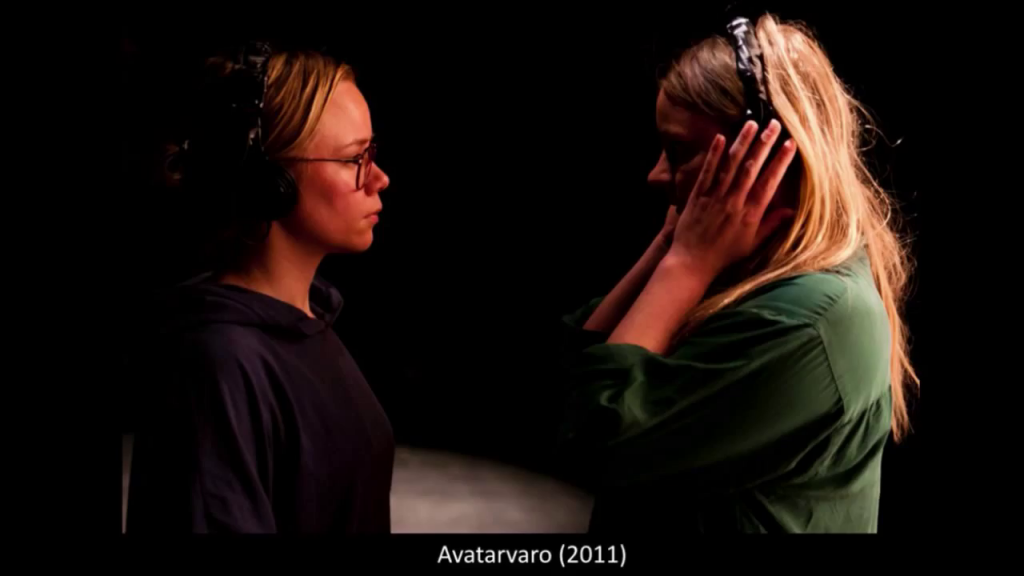
Avatarvaro (The Avatar Condition)
It was more like this. Another voice possessed the listening body of the participant. This picture is from our first scenario. And in this one, you hear and you follow instructions that you receive through headphones, such as “stretch out your arm.” Or “give the object to the person sitting.” Or “say hi.”
So there are easy, simple instructions. And nothing about how you’re supposed to feel. So, no performance. No psychology. Just physical actions. And directions are synchronized with other participants’ actions, but they are not identical. So there’s no improvisation, but still there is a kind of excitement about what you will do next, and what others will do next. And you kind of perceive the actions that you do as your own, and you also perceive the actions of others as theirs. And at the same time you know that they’re all instructed. So, it kind of allows you to reflect on this like, what are you, and what is traces and voices of others.
Now I’m going to shortly tell you about three other works that we did, and how they related to this problem that we had with larp.
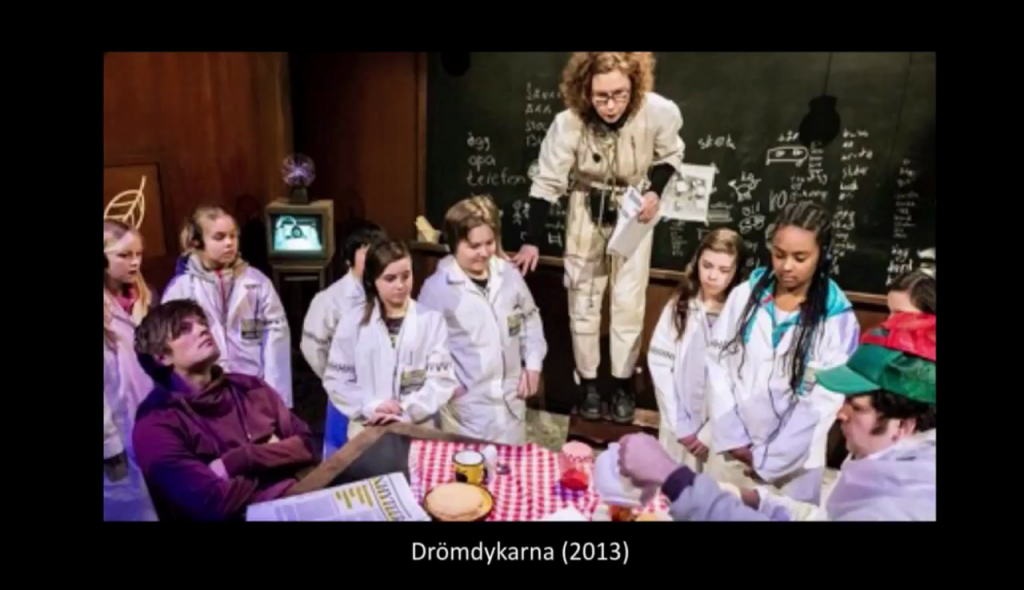
Drömdykarna (Oneironauts)
In this piece, to get the younger audience to play, we chose to mix a setup from the former piece with a story established by actors, and the audience also had an objective.
In this piece, we wanted to challenge the audience a bit by letting improvisation into the game, by letting humans into the games of the avatar. So, human avatars. And our playtesters, they witnessed about feeling calm and in charge as they had the instructions in the headphones. But more anxious and unsure as they had to managed themselves in the foreign theater. And this difference was exactly what we wanted to explore in this piece.
And then this, my last example. The participants are school classes. And they of course know exactly what is possible for them to do in their classrooms. Normally. But what could happen when this ghost-like presence of this voice stirs the social patterns up. That’s what this piece is about.
So, I started out by wanting to get rid of what troubled me with larping. And I did that by creating something new. I not only ended up with this arts collective responsible for a series of performances, but I was also finding my gates to a whole new field of artistic research.
And maybe one could think that there is nothing left for the participants. But actually there is this kind of fleshy solidarity of being together in the room, in a shared space, that avatars have together, that no godlike voice could ever experience. So, thank you.
Further Reference
Overview blog post for the 2015 Nordic Larp Talks, and for this presentation
